If you have a blog, write articles for content websites, or manage an online magazine, chances are you’ve had, or will have, your content stolen at least once. The stolen content then is reposted on other blogs, article websites, and personal websites without proper attribution.
Sometimes articles are copied directly from your site to another person’s site. In other cases, your article is spun or slightly modified, but the final result clearly is based on your original work.
There also could be situations where your content is reposted with proper attribution, but without your permission. While instances of this nature are not always harmful to your site and/or reputation, if you want to keep your original content on your site only, then you should have the duplicate content removed.
The good news is that no matter how or why your content is used without your prior knowledge, there are measures you can take to have it removed from the offending website. And there even are ways to prevent your content from being stolen in the first place. Today, I’m going to tell you about 5 easy tools you can use for these tasks.
How to Find Out If Your Content Has Been Stolen
1. Google Alerts
There are a number of tools you can use to scour the internet and see if your content is being used without your permission. One of the best and simplest tools for this is Google Alerts.
You simply need to go to the Google Alerts website, put in a portion of your article, choose what types of websites should be searched, and then provide your email address so Google can contact you with the results. You can create as many alerts as you like and adjust the settings to be notified on a daily, weekly, or “as it happens” basis.
Google Alerts is a great tool to use to search for stolen content.
2. Copyscape
Copyscape is a good option for those who publish a lot of content. Premium results are not free, but they are well worth the money spent. All you have to do is type in your website URL. Then Copyscape will search the web and let you know which sites are reposting your content.
Copyscape is a helpful tool to use to see if your website content has been plagiarized.
Yet another good tool for catching content thieves is trackback notifications. These notifications are provided automatically by well-known website and blog platforms such as WordPress, Drupal, and Movable Type. They will notify you as soon as someone links to your post.
If a particular site is linking to your site on a regular basis, there is a chance the site is copying and reposting your material. In order to use trackback notifications, you simply need to look over the feedback provided by your site (which usually is sent to you via email), and then check any site that you deem suspicious.
How to Remove the Offending Content
Many bloggers and webmasters have a contact page or email address on their sites, so you can contact them and ask to have duplicate content removed. While many content thieves will ignore emails of this nature, others will take down your content as soon as you ask them to, especially if you mention that you will file a complaint against them if the article is not removed in a timely manner.
3. Who Is Hosting This
If your request falls on deaf ears, then contact the website hosting service that hosts the site. You can find the information you need by going to Who Is Hosting This and typing in the URL of the site that has stolen your content. Website hosting services usually are much more efficient when it comes to removing duplicate content than webmasters. Often, they will take down the entire site that has posted your content without permission.
Who Is Hosting This does the hard work for you. One of the hardest parts of fighting plagiarism is determining the host of a website.
If your article has been republished on an article-sharing site such as Ezine, HubPages, or Suite101, then contact the site administration regarding the duplicate content. Provide the link to your original content, the date it was published, and a statement making it clear that you are in fact the author of the content in question. Article-submission sites are quick to act against content thieves. They may even close the guilty individual’s account.
4. Google Webmaster Tools – DMCA Complaint
You also can file a Digital Millennium Copyright Act (DMCA) complaint against a site that has stolen your content. This can be done via Google Webmaster Tools. It is a bit complex and should be done only if someone else is getting high rankings for your content. However, it is effective in preventing content thieves from misusing your content both now and in the future.
If Google deems that another site actually has been stealing your content, then the site will be banned from Google’s search engines. If the content thief has been making money from your content using Google Adwords, then his or her Adwords account will be shut down and the guilty individual will be banned from opening another one.
If you find that your content has been stolen, you are able to report this issue directly to Google.
Google’s Webmaster Tools provides a great deal of information on a website. It creates detailed reports about a page’s visibility on Google.
How to Stop This from Happening Again
Unfortunately, there is no foolproof way to prevent your content from being stolen. However, there are some things you can do to protect your content and reduce the odds of it being copied and posted on another person’s website without your permission.
Create a clear copyright notice and a Terms of Use page. They will let people know that the content is yours and cannot be used without your explicit permission. You can let people know in the Terms of Use if they can use portions of your content with proper attribution.
5. Google Search Authorship
If you post material online on a regular basis, you should set up Google Search Authorship, as this will help you prove you are the original creator of the content. If content thieves steal content under your Google Authorship, Google will note that it is yours and ensure your domain gets ranked over the domain of the content thief. Google has a helpful guide that explains how to go about claiming your original content.
Authorship is the method to exhibit authorship information in search results for the content you have created. It also is the way Google identifies the author so it knows the content belongs to the author.
We noted that it is very easy to add a customized script at the beginning or end of each of your articles. Adding a customized RSS script ensures that the link to your original article is reposted automatically when someone lifts your content and puts it up elsewhere. While a customized RSS link does not prevent content theft, it does ensure that you get proper attribution for your hard work.
In Summary
Content theft on the internet always will be a problem. Thankfully, there are a number of things you can do to prevent, track, and deal with stolen content. The above-mentioned tools and tips can help you protect your content from being scraped or at least ensure that you get the credit you deserve for all of your hard work and careful research.
Have you ever had your content stolen? How did you deal with it? Let us know your tips, ideas, and opinions about this common problem. We look forward to hearing from you!
About the Author: Olivia Rose loves helping businesses by giving them useful tips and advice.
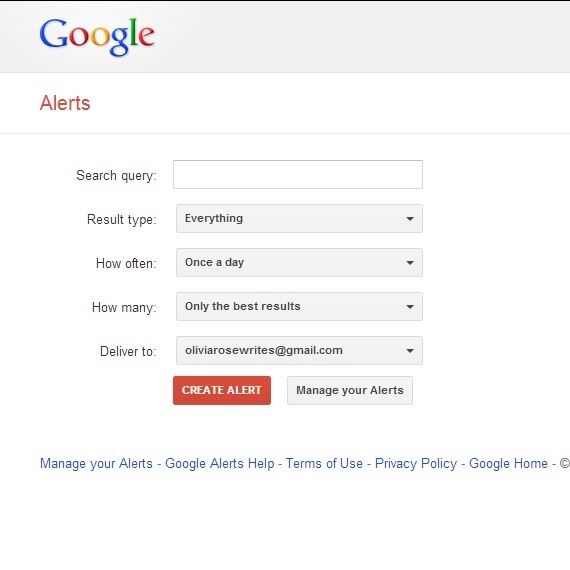
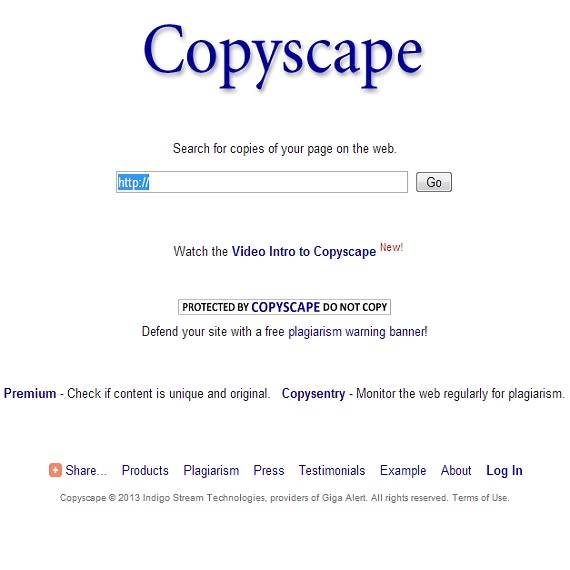

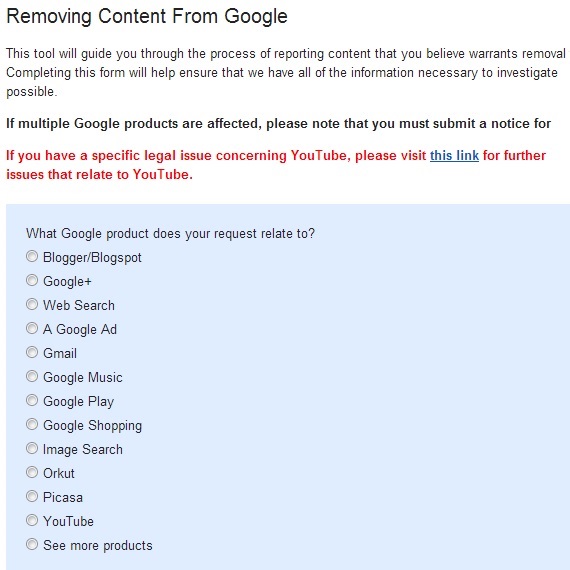
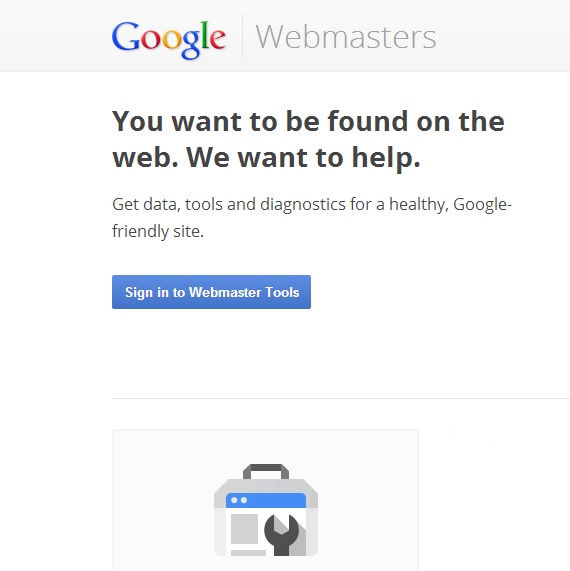
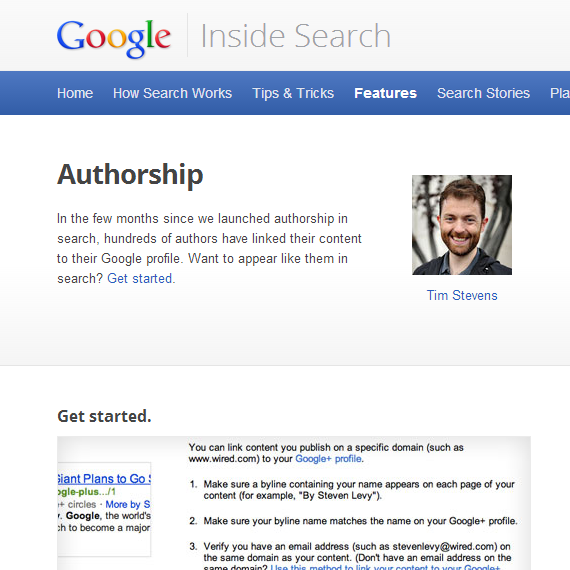
Comments (70)